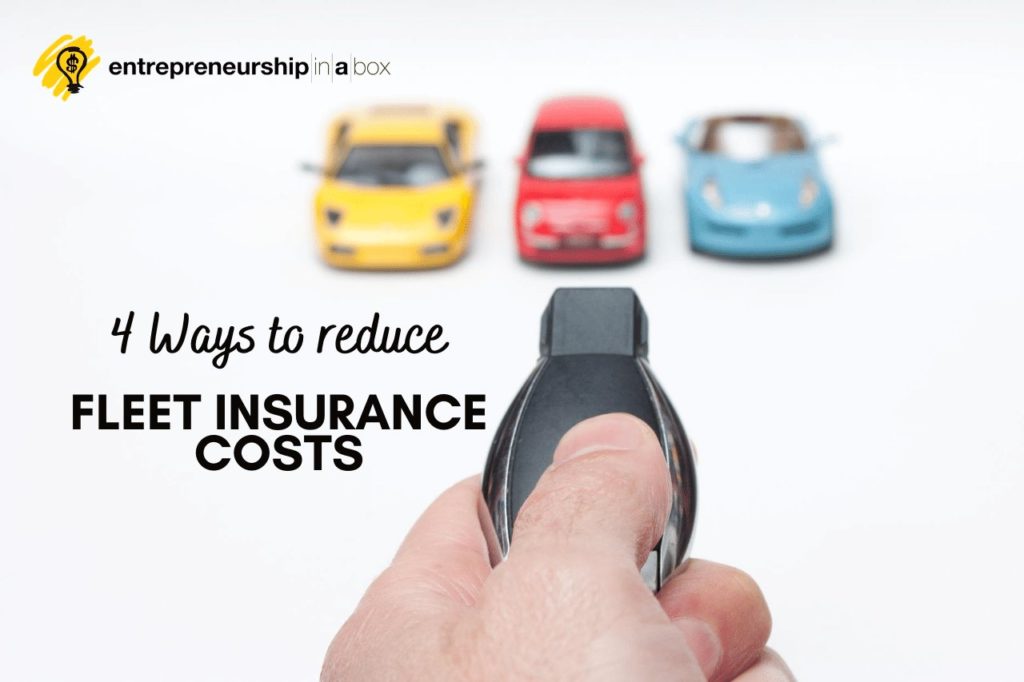If your business has a number of vehicles, you could make critical cost savings by insuring them together as a fleet, instead of insuring each vehicle individually.
When you’re in the process of finding cover your fleet, these four tips can help you keep insurance premiums down.
1. Compare fleet insurance policies
The best way to find the cheapest cover is to shop around for your fleet car insurance. Using a comparison tool helps you secure the cheapest fleet insurance deals, but it’s not just a benefit for right now.
Shopping around keeps the market competitive, future-proofing your outgoings by encouraging better deals for when you compare next year too.
Comparison websites work instantly and help you find policies offering different levels of cover so you can choose fleet insurance that best suits your business needs. You can use an online comparison tool for free when you visit UtilitySavingExpert.com.
2. Only buy the cover you need
In the current economic climate and with the context of the global health crisis, it’s not uncommon for businesses to fall into one of two camps.
Some organizations are being overly cautious, whereas some are taking unnecessary risks. When it comes to fleet insurance, neither of these is a good direction.
Choosing the maximum level of cover on your fleet insurance will suit some businesses, but it’s not appropriate for everyone. You need to consider the value of your fleet, and whether all of the extra features that you can add are appropriate.
The other end of the scale is even riskier. Undervaluing your fleet of vehicles or trying to cut corners is dangerous and it’s never a good idea to knowingly mislead insurance firms. If you’re caught short, you could have your insurance invalidated, leaving your business liable to pay costs, potentially leading to financial ruin.
With all of these choices, you need to consider the bottom line. How much would top-of-the-range insurance set you back each month or year when you pay your premium? On the other hand, what sort of costs would you be faced with if you needed to replace a car that had third-party only insurance?
It’s important to weigh up the possibilities when choosing insurance so you can make an informed and responsible decision that feels right for your business.
3. Improve the security of your fleet of vehicles
You might have noticed that with personal car insurance rates, you can usually encourage lower-priced quotes by installing additional security measures.
Exactly the same is true for fleet insurance, so it’s a good idea to review the safety and security of your business vehicles and see what improvements you can make.
Overnight parking locations:
You can start by considering where your vehicles are parked overnight. Are they kept in a secure place, off-road, and with relatively few risks? If not, look into whether you can change this to reduce your insurance costs.
Business premises locations:
Urban areas with higher crime rates are likely to drive insurance costs up because the risk of thieves or vandals coming into contact with your fleet increases. Moving premises isn’t always a sensible option, but fitting CCTV, gates, and locking systems can help.
Alarms:
Installing alarms in all vehicles and across your business premises has two benefits. First, alarms deter thieves and criminal activity. Second, alarms help notify you and the emergency services quickly if an incident happens.
Dashcams:
You can also bring filming equipment into your vehicles by installing dashboard cameras. This is helpful if one of your fleet vehicles is involved in a road traffic accident because it can usually demonstrate which driver was at fault.
Cameras often encourage other drivers to be more sensible on the roads too, reducing the risk of accidents happening. Insurance providers tend to look favorably on this and will usually reduce your quotes.
Telematics devices:
Black boxes, another term for telematics devices, are installed in vehicles to help your insurance firm monitor how your employees are driving.
Demonstrating safe driving is an important step towards reducing fleet insurance premiums. Similar to dashcams, telematics devices can also help identify who caused an accident and often lead to more responsible driving by discouraging speeding.
Trackers:
Adding trackers to vehicles that carry high-value goods can be a sensible idea because it helps you locate a vehicle if it has been stolen. This reduces risks in the eyes of the insurer, so they may offer lower rates.
4. Keep your vehicles in good condition
Finally, it’s important to keep your fleet of cars well maintained. Take your vehicles for regular services and fix any issues early when you notice them so that they don’t turn into bigger problems. Cars that are well looked after are less dangerous and less likely to cause accidents.



